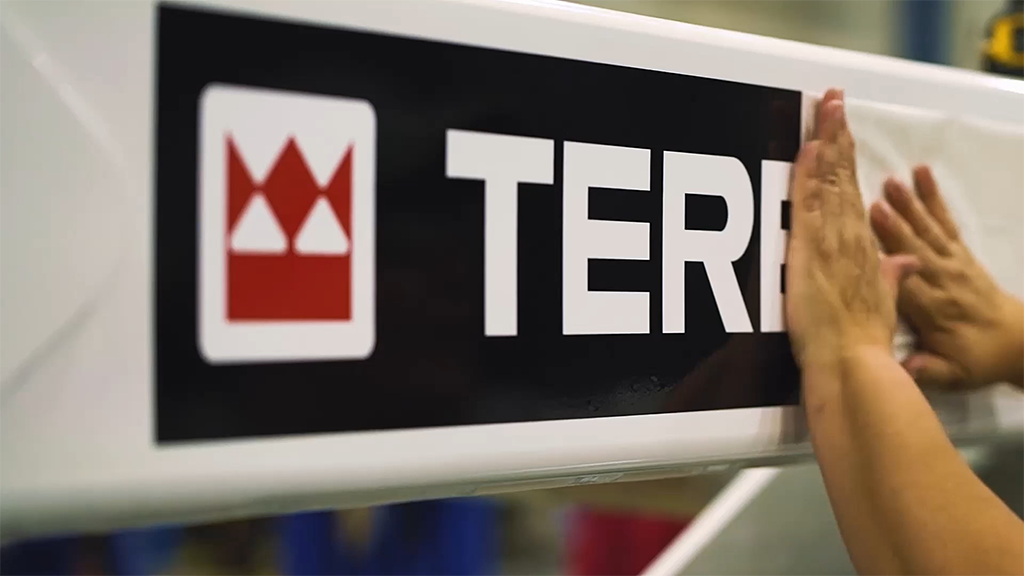
A changeover is coming in the trucking industry across Canada in 2021, as many trucks will be required to move from paper logbooks to the use of electronic logging devices - ELDs.
The federal government has set June 12, 2021, as the date by which the switch must be made, a move that has already become law in the United States.
The requirement will apply to federally regulated carriers that are currently required to keep a log book, and call for those trucks to have an ELD installed which will track driver hours of service, explained Michael Ahart, vice president of regulatory affairs with equipment manufacturer Omnitracs, during a webinar update on the program.
Automated tracking of operation
The key use of ELDs will be for tracking things like date, time and locations when the vehicle is in operation, as well as such data as engine hours and odometer readings, distance, and power cycles of the engine to track when it's turned off and on. Any time the vehicle moves faster than eight kilometres an hour, drive time is tracked, Ahart explained.
ELDs are designed to replace paper logbooks managed by drivers currently, adding more precision to the tracking of operator and vehicle hours of service while providing trucking companies with the ability to check driving activity. The deadline for Canadian trucks with a GVW of more than 4,500 kg - or those that provide intra-provincial transportation - to have ELDs installed is June 12, 2021, though Ahart noted that there are still a number of issues outstanding to be determined, and a number of differences between the American version of the systems that have been in place for some time.
Notably, the way in which the ELDs will recognize driving operations is unique to the Canadian regulations. Yard operations or personal trips can be designated in the system to differentiate from on-duty driving, making the records more precise and allowing drivers to better manage the operating hours available to them.
"Unless the authenticated driver manually changes their duty status to another non-driving status, the driver will remain in 'drive' and be automatically switched to 'on-duty, not driving' after the vehicle has been stopped for six minutes and the driver has ignored required prompts," he said. "If driving time is of essence, the important thing is that the driver put themselves in 'on-duty, not driving' after they've stopped. Once automatically recorded drive time is logged, it cannot be edited, shortened or changed to non-driving time."
Drivers will each have their own single user account that can be used on one ELD at a time.
The ELD also engages at certain speeds and requires confirmation from drivers depending on what they are doing at the time, Ahart added. Drivers will be able to notate and edit depending on the type of data being recorded, and motor carriers can suggest edits to the driver, who can accept or reject them in the system.
Electronic inspection
ELDs must be designed to provide an electronic record to enforcement personnel at the roadside, though the precise details on this approach have yet to be determined.
Ahart said it's expected the ELD will email the 24-hour duty records plus 14 previous days as an uneditable PDF as well as other data to a specific email address for review. Bluetooth or USB transfers may be possible as well.
Some exemptions to the regulations are in place; notably, if a vehicle is a short-term rental up to 30 days, no ELD is required but drivers must maintain paper records. No renewal of the rental agreement is allowed. No record of driver service (RODS) is required if the driver is operating a commercial motor vehicle within 160 km from their home terminal.
Accreditation still being developed
A major difference between the U.S. and Canadian ELD mandates is that American ELDs can be self-regulated, while Transport Canada is seeking accrediting bodies for those used here.
"Not all self-certified devices being used in the U.S. will be certified in Canada," Ahart noted. "Transport Canada will maintain a list of certified ELDs on their website, and the officially certified bodies must conduct annual surveillance on the ELD."
The first accredited certifying body, FPInnovations, was named in October. Transport Canada is seeking other accreditation bodies prior to the June enforcement deadline.



